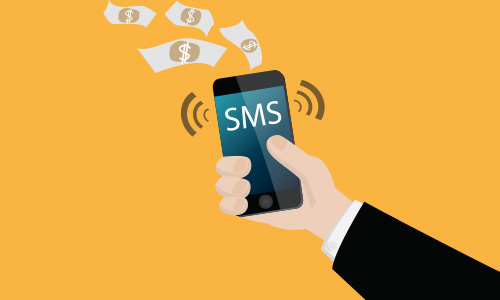
Short Message Service (SMS), better known as “texting,” has been around for decades. Introduced in the early 1980s, texting took off in the mid-2000s, becoming the most widely used data application with about 3.5 billion active users by the end of 2010, according to a recent TechVibes article.
Despite its popularity, for the past decade texting has lagged behind other methods of connecting with customers and clients. Startups leveraged Web sites, blogs, and mobile apps instead of putting their resources into growing or, in some cases, even establishing their SMS presences.
That’s all changing now.
Several recent startups, like Magic and Assist, have skipped the app interface in favor of a connection that relies solely on SMS use. Magic’s waiting list is currently 25,000 users deep, as the company uses text messaging to help customers order groceries, send flowers, book plane tickets, and more. Meanwhile, Assist uses SMS to connect travelers to local experts for recommendations on the best restaurants, destinations, and adventures.
Seeing the success of endeavors like Magic and Assist, companies that have already established Web sites or mobile apps for their services are beginning to integrate SMS connections into their offerings as well. Although Tab’s dining app is already popular with thousands of customers, the company gave these numbers a huge boost by adding SMS-based Tab Talk, which allows customers to text directly with restaurants.
Why Do Customers Love Texting?
The resurgence of “old-school” texting over the visually satisfying, streamlined app baffles many companies. Why do customers love SMS?
- It’s familiar. No matter how well designed, a new app requires a new customer to face a learning curve. Customers have to keep track mentally of each app’s functions and layout. Not so with texting; SMS works the same no matter who is receiving the message.
- It’s fast. Customers who already text friends, family, and co-workers have no trouble tapping out a message to a company.
- It works. Building apps for multiple platforms takes time and effort, and if a customer switches app platforms, she has to switch her data over as well. SMS travels with customers through multiple devices and multiple platforms.
Looking for the newest way to grab customers’ attention and stand out in your industry? Consider going “old school” with texting options.